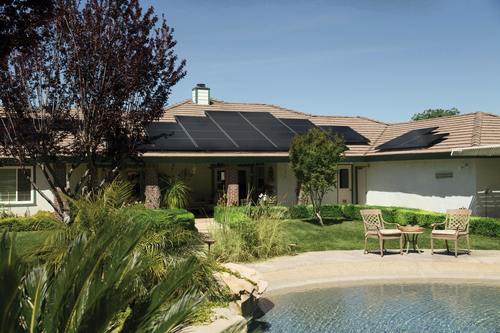Solar Energy Benefits
These days most utility providers offer a tariff based on the use of renewable energy sources. There are large solar and wind farms that are harnessing these natural and renewable resources. Opting for one of these will encourage more companies to use renewable energy. There are undoubtedly many advantages of renewable energy, such as solar power, that it makes sense for everyone to consider them.
The first is that it is renewable; the sun is always there, and therefore it can actually provide the world with as much energy as it needs. Why not make use of it? Households also have the option to have solar panels installed on their home so that they generate their own electricity. This will help them to save a great deal of money.
Solar panels are low maintenance. The angle of installation means that the rain will run off them, taking all manner of dirt, dust and debris with it. A solar panel can last for around 25 years without requiring a great deal of maintenance. They will also add value to your home, as most people are keen to purchase a property with features such as solar panels.
It is a very efficient way of generating energy and electricity, particularly when the system is at the end user’s own home. When electricity is generated elsewhere and then transmitted to the house, there is a small amount of energy loss when it travels. This loss is minimised if the solar panels are on your own roof.
Renewable Energy Sources
There are several different options for renewable energy sources. The benefits are that electricity can be produced cleanly and at a relatively low cost, with little or no environmental damage.
Solar energy is probably the most popular form of renewable energy. The sun provides us with an endless supply of energy, and it can be used to heat our homes, cool them and provide light. Rooftop panels are the best option for a domestic property, but utility companies have been developing large farms of solar panels to provide the energy they need for their customers.
Wind energy is harnessed with the help of turbines, and this is a form of energy that has been in use for centuries. While there have been disputes about the siting of wind farms and concerns about their impact on wildlife, this is fast becoming the second most popular type of renewable energy.
Hydroelectricity is the process of creating electricity from the flow of water. Hydroelectricity plants are situated on rivers, where the water powers water wheels and that energy is captured for use. This is not the greenest option, but it is an effective one in some parts of the world.



